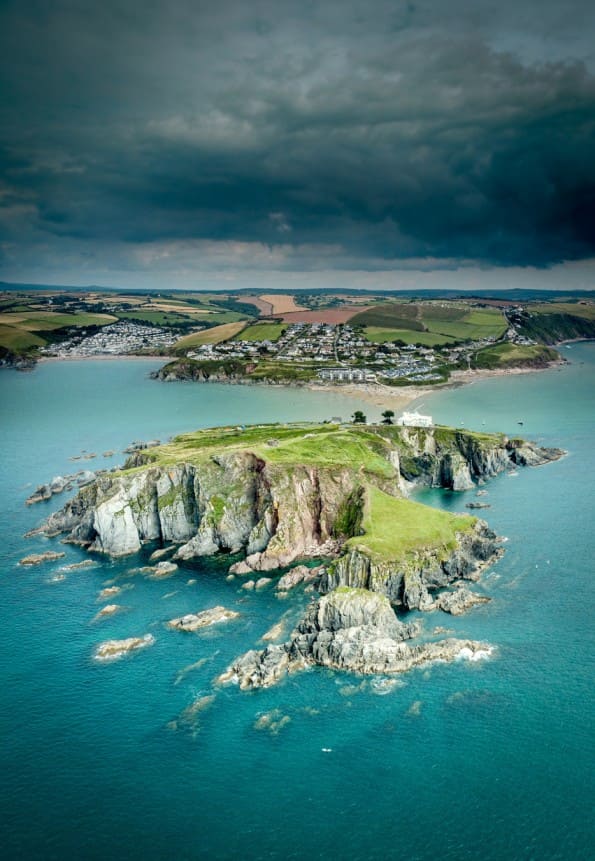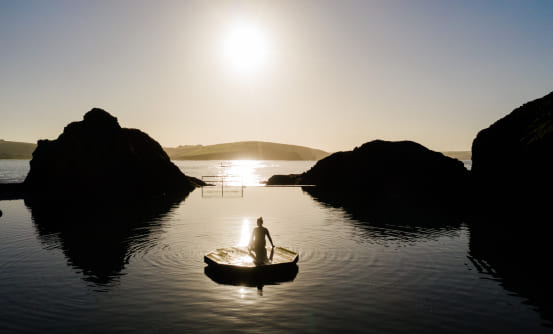What makes a landmark in Devon? Is it the wild sweep of the moors, the hidden coves tucked along the coast, or something deeper? Something etched in history, culture, and character? We think it is a culmination of all three, and while Devon is home to many such places, few capture the imagination quite like the iconic Burgh Island.
Devon Landmarks
Devon is home to a remarkable array of landmarks that extend far beyond its postcard-worthy coastline. From ancient geological wonders to historic sites steeped in culture and faith, the county offers a rich array of destinations that together create a multi-faceted and deeply memorable escape to a gorgeous part of the UK.
Just inland, Dartmoor National Park stretches across rolling moorland, granite tors, and misty valleys. It’s a vast, untamed landscape that has inspired artists and writers for centuries, perfect for walking, wildlife watching, or simply immersing yourself in the raw beauty of the English countryside. Its prehistoric stone circles and windswept trails add to the sense of timelessness. To the east, the Jurassic Coast, a UNESCO World Heritage Site, presents a dramatic sweep of cliffs and coves telling a story 185 million years in the making.
Culturally, Exeter Cathedral stands tall as a testament to the region’s historic importance. With its soaring Gothic architecture, intricate vaulted ceiling, and centuries of sacred history, it’s one of the finest medieval cathedrals in England. A visit here offers not only architectural awe but a deep connection to Devon’s spiritual and civic past.
If you’re after more than just Devon landmarks and are keen to see what makes Devon so unique, the village of Clovelly is famously car-free on the north Devon coast, with steep cobbled streets, traditional cottages, and stunning sea views. Maintained to reflect its 19th-century heritage. For a little more character, in Totnes, you’ll find not only a bustling and unique market but also a well-preserved Norman motte-and-bailey castle with panoramic views over the town of Totnes and the River Dart. And you’ll find more castles near Exeter, where a stately home has been the ancestral seat of the Earl of Devon for over 600 years, as well as Castle Drogo, a National Trust property and the last castle built in England (early 20th century), perched above the Teign Gorge.
Together, these impressive Devon landmarks showcase the area’s unique ability to blend nature, history, and culture into one extraordinary county. Whether you’re seeking solitude, inspiration, or discovery, Devon delivers it in spades.

